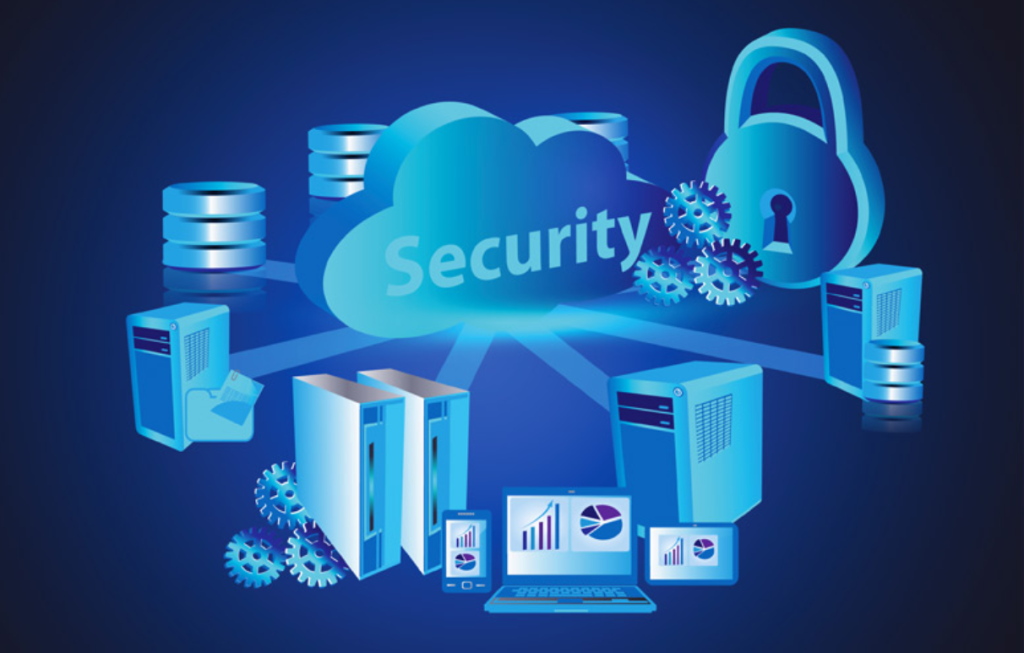
Swift functioning of IAM systems is imperative for workflow operations, regulatory compliance and security requirements. Information security professionals grapple with the challenge of keeping IT system running, and ensuring that IAM capabilities are aligned to serve the business needs.
One also has to ensure just right dependence on centralization and de-centralization for extending permissions, certifications and accesses. Furthermore, it is understood that dependence on manual intervention for automation is structurally challenging. It is, therefore, necessary to take stock of processes and align them with technical capabilities. Often the quick-fix integrations are made to the system for making temporary fixes and the new set of capabilities are not optimized. The situation is getting complex with companies employing customized integrations and manual intervention to support both on-premise and cloud infrastructures, often leading to creation of duplicate identities. Overall an IAM system and a range of capabilities work in silos and taking stock of all such capabilities is a lot of hard work.
For you to get started with the identification of overall IAM capabilities including concerns related to the management of hybrid systems and support within your system, we have identified a comprehensive list. This should give you a good starting point to understand if your IdM system is capable of supporting business and operational requirements such as supplementing remote access, scalability, data protection, and risk assessment, etc.
Here are the questions you must ask to find a clear picture of IAM capabilities, IT systems, and business operations/workflows
The management of servers is hard work and often leaves IT teams in dependencies such as:
Have you taken an extensive note of capabilities hosted on cloud and on-premise?
Create a report that lists all capabilities supported across hybrid setup, including integrations required to automate various tasks. This exercise should help you in taking note of the overall capabilities available to you.
Have you over-feed information on various platforms?
Do you really need to push all user details on a cloud-based enterprise app, or are you good with just five attributes? This practice could help you understand if the technology managed within your organization is helping or taking down efficiency, as overlapping data/or processes make the system inefficient, error-prone, expensive, and time-consuming to fix.
Are you still assigning manual tasks for managing identity?
Technology should help minimize manual intervention, if the manual effort is required then you are failing to fix the issue. Creating duplicate data and depending on redundant manual tasks to push information from one infrastructure unit to other, is a disaster. There is a need to understand that failing to set efficient integrations between IAM setup/Target Source and enterprise application is a big no.
Can you scale your existing identity management system?
Is your IAM system scalable as per your business model and goals? It is flexible enough to help you scale it up or down as per your requirements? Will, your website customers have swift navigation, make purchases and interact with the UI well? Making an IAM system that can scale and provide greater controls in terms of integrating new applications, placing compliance requirements in processes, reducing the impact of Shadow IT and other related issues is the key.
Are you creating multiple connections between IAM systems and various applications?
Not only this is a costly affair, but also creates complex connections between cloud and on-premise IAM systems. Setting single point connections should help in providing a clear picture and IAM processes integration in enterprise IT systems. For instance, integration of AD bridges often burden Active Directory and is not real-time integration.
Have you ensured uniform propagation of identity changes and management of user data?
The tools to bring uniform propagation of identities to need to be taken out and assessed against SCIM practices. If your existing tools do not support data, applications, and users integration, it might become challenging to achieve uniformity every time you make any change in any of the identity or data parameters.
Is your data and attributes consistent across all the platforms?
In the absence of synchronization of the user, group, and role profile data you will not be able to achieve consistency in a hybrid environment, which may result in creating data errors and incorrect data analysis and reports.
Are you using different login and password credentials for different platforms?
This may result in creating greater vulnerability in the system, providing more entry points for hackers, and making the system susceptible to data thefts.
If you have any doubts related to the processes, it is recommended to connect with experts and get your system assessed. Given the way technology is advancing, these points will help in bringing clarity in your IAM processes.

